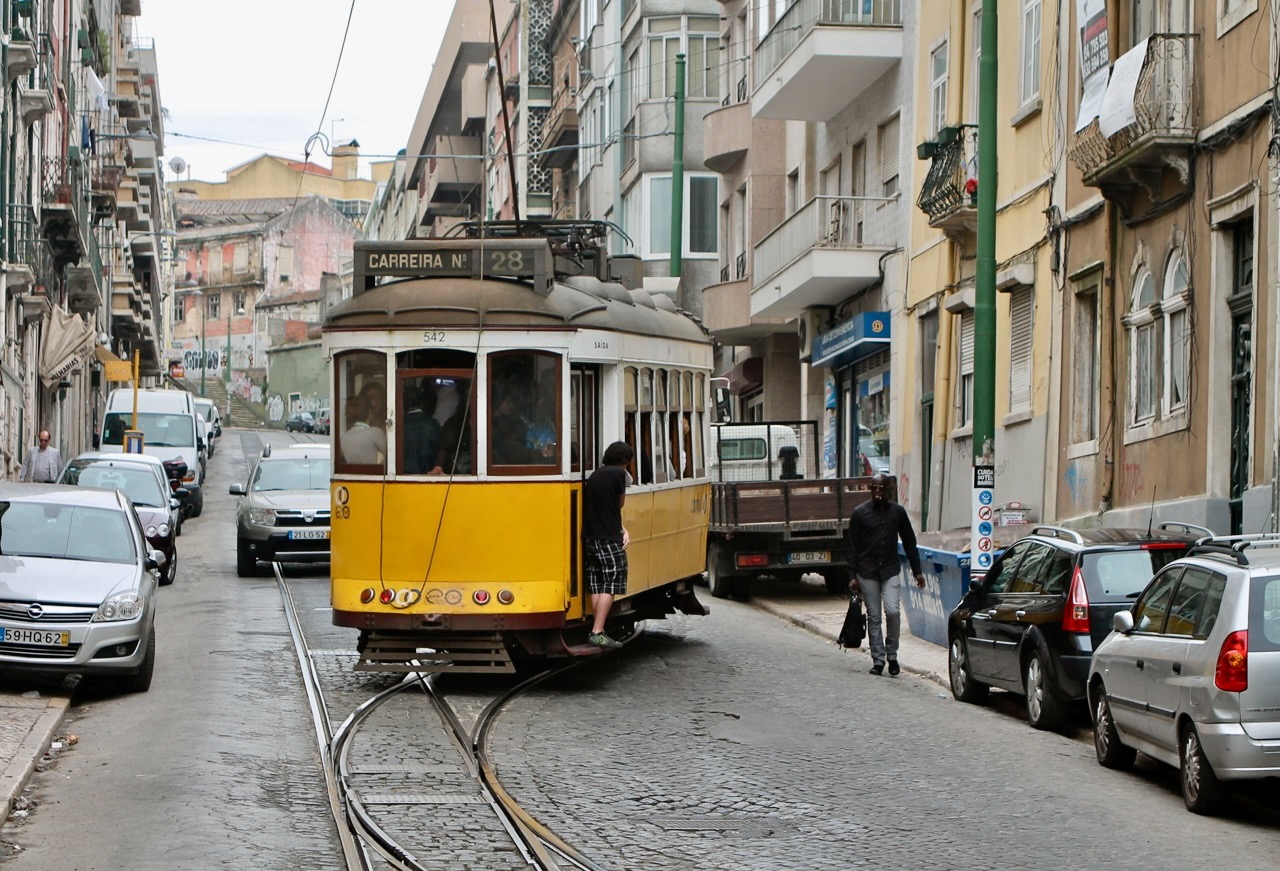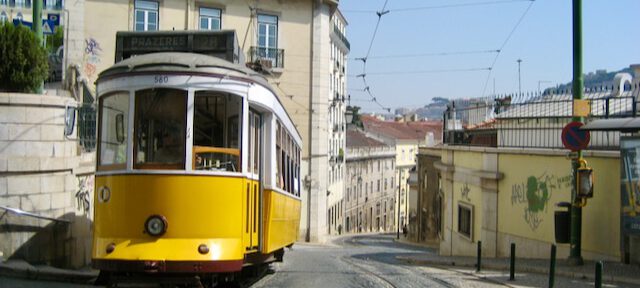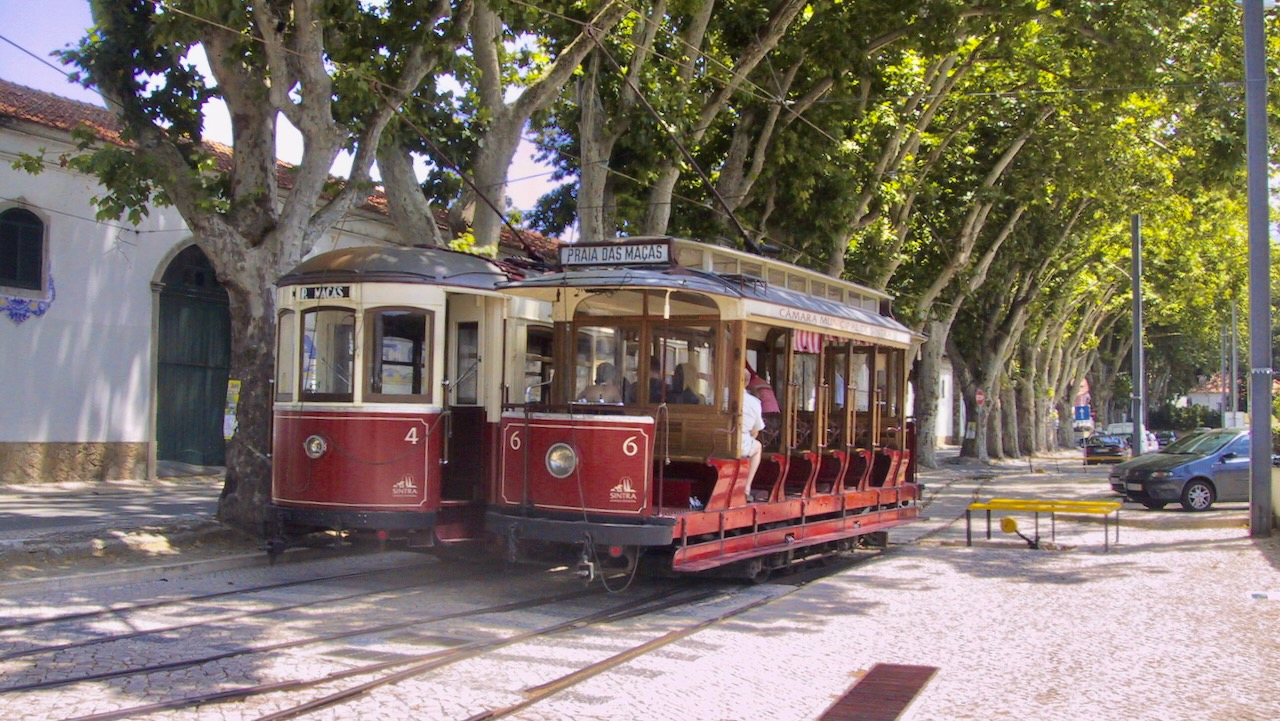Tag: trolley
-

Changing the rule of the road from left to right
Question: I know that Portugal shifted from driving left to right in 1928. I could imagine, that the trams had only left doors when shifting. How did Portugal cope with this? Did the trams continue in the left side for some time, or was it properly planned as in Sweden, where public transportation introduced double…
-

Trams on the steep slopes of Lisbon
Question: I have just visted Lisbon and did a tourist tram ride. I have spent the last couple of days trying to find details of how the trams manage the very steep hills as the slopes are much steeper than I would expect. Can you signpost any internet sights for me. Answer: I’m not sure…
-

Sintra trams
In 1904 an 11.7 km long metre gauge electric tramline was opened from Sintra (station) to Praia das Maças (Applebeach). An 1.0 km long urban line connected the station in Sintra-Estefânia with Sintra-Vila. Some freight transport existed, mainly between Banzão and the railway station. In the small Banzão depot is still a weigh bridge and…
